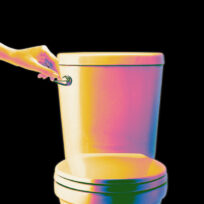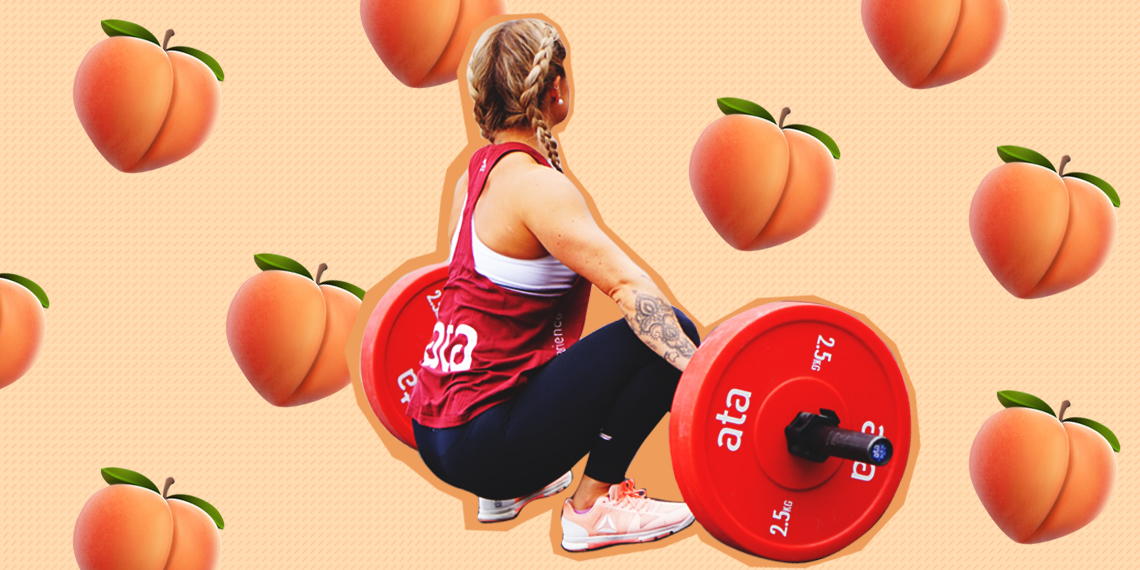Squats have never been such a popular exercise as they are right now. Every where I look, men and women everywhere are taking up all the squat racks and Smith machines just squatting their lives away. There are booty building guides that have you doing sets after sets of nothing but squats. And still, after all my time in the gym, squats are some of the most incorrectly performed movements I’ve seen, setting people up for injury. And even after all those damn squats…I always hear people complaining about lack of results. So what TF gives?
Let’s start off how I love to start off everything: with the basics, baby. The basis of the squat move is pushing your body away from the floor, extending up from the hip and knee joints. So, going from low to high. Sitting to standing. Sounds simple right? Like, Grandma Edna who is 80 can go from sitting to standing. Now add into that…
- The range of motion of your ankle joint, making sure that your heels NEVER leave the ground (and I mean NEVER, even if you’re doing a heel elevated squat where your heels are on propped on plates, your heels should not leave contact with the plates).
- Focusing on pushing your hips back as far as they can go (this will ensure that the movement is firing your glutes and hamstrings as much as it fires the quadriceps).
- Engaging your core as you lower AND as you rise.
- Flexing and squeezing your glutes at the very top of the squat as you stand back up.

It’s a lot to think about, guys, I know. When done correctly, squats are a fantastic movement for determining strength. I mean, it’s the cornerstone movement of many Olympic lifts such as the snatch, cleans, and jerks for a reason. It is a super effective movement for developing strength and size in your lower body…just maybe not so much for your butt.
Studies have shown that the basic squat is actually activating much more of the quadriceps than the hamstrings and glutes, the areas we really want to target. It’s no wonder that those who have only been squatting in hopes of butt gains aren’t usually satisfied with the results. Please don’t get me wrong, squats are GREAT, but for the purpose of booty gains, there are better options out there to help you achieve your goals more effectively.
Instead of squatting like a basic fitness commoner, a study in 2015 (and results I’ve seen IRL) have shown these movements to be more effective in gluteal activation during an EMG test: a single leg squat, a side step up, and hip thrust. I explain the correct way to do each of the moves below. If you’re a beginner, don’t add weights until you’re comfortable with the movements of each exercise.
Single Leg Squat

- You can use the assistance of a TRX rope to help you move through this exercise.
- Standing on one leg, flex your other leg so that it is more parallel to the ground in front of you. This way it’s not touching the floor, so you’re not cheating yourself.
- Push your hips back and begin to bend the standing knee like you’re sitting in a chair behind you.
- Pushing from your HEEL, slowly push yourself back to standing.
Side Step-Up

- Stand right next to a bench or elevated step. The leg closest to the step will be the one working.
- Stepping laterally, push up on the heels to lift yourself into standing position on the step.
- Slowly lower, keeping your working leg on the bench.
Hip Thrust

- Lying on your back, place your feet on the ground, knees bent.
- Driving up from your heels (sense a pattern here?), lift your hips straight up into the air.
- Engage your core to stabilize yourself and prevent OVER-extension of the lumbar (that’s not doing you any favors, don’t be extra).
- Slowly lower your hips back down to the ground.
When it comes down to it, squats are a great exercise, they just aren’t doing exactly what you want them to. No one likes to waste time at the gym, so it’s all about figuring out which exercises are the most efficient in terms of meeting your goals. Try these other ones out, and you might finally get that Instagram-model ass you’ve been squatting toward for years!
Images: Giphy; Unity Intensity; Gfycat



















































